New perk! Get after it with local recommendations just for you. Discover nearby events, routes out your door, and hidden gems when you sign up for the Local Running Drop.
Let’s go ahead and get it out of the way: No 140.6-mile race is “easy.” But of the branded Ironman races on the circuit (there are currently 54), some courses lend themselves to faster times than others. Flat bike and run courses are generally easier, but not always and not for everyone (including pro Skye Moench, who finds the monotony of a constant aero position like the one required at Ironman Florida more challenging.) Average finish times may be indicative of a fast course, or it could be that the field itself was speedy (or, for instance there was a disproportionately large men’s field who typically produces faster times as a whole). And even the flattest, fastest course can turn into a battle of attrition when heat, wind, or hail get thrown in.
“We have a wide variety of courses and even the more ‘hilly’ courses are still beginner-friendly, as it depends on your athletic strengths,” said Dave Christen, regional director at Ironman. “However, the flatter courses are often where people chase their best times to see how fast they can go. [The upcoming inaugural] California, Maryland, Florida, and Arizona are the four courses in the North America circuit that have the lowest amount of gain on their bike and run courses.”
Knowing that it’s almost an impossible task, we attempted to take an objective look at what Ironman courses are the “easiest.” Combining data collected by Jakob Ohlsen at endurance-data.com and Thorsten Radde at trirating.com; factoring in average temperatures, course elevations, and DNF rates, and adding in some subjective advice from those who have raced, we landed on these seven courses—listed in no particular order.
Related: The Top 7 Easiest Ironman 70.3 Courses
Ironman Arizona
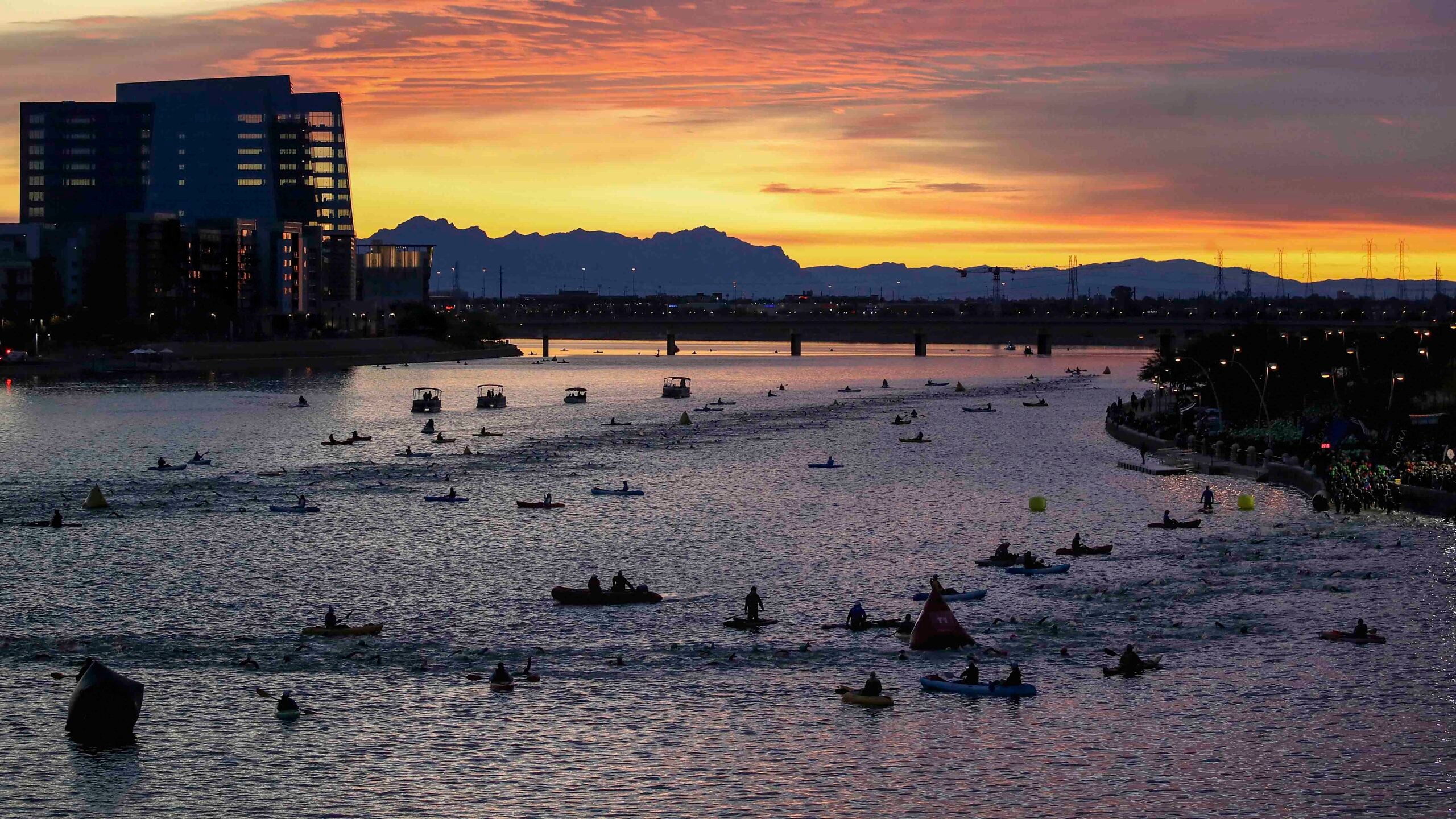
The finisher data—which shows an average of over 13 hours—doesn’t tell the full story of this popular November race in Tempe. But that’s likely because it attracts a lot of first-time Ironman athletes and more women than European races (70/30 male-female split vs. 80/20 or higher). It makes sense why multi-time Arizona champion Meredith Kessler would recommend this for the “best and first” Ironman you should do. The weather averages low-70s on race day. The swim is a predictably calm loop in Tempe Town Lake. The three-loop bike course is flat—only 2,500 feet of total elevation—and although headwinds can affect speeds, they can also turn into tailwinds on the way back. The run has a few rollers amounting to 675 feet of elevation, and supporters provide the extra boost you may need on exposed sections. “The multi-loop flat run course around the ASU college campus is full of genuine support from so many people, and the aid stations are always so entertaining and motivating,” Kessler said. “The town of Tempe embraces the race every year and they make everyone feel comfortable, safe and extremely inspired!”
Ironman Barcelona
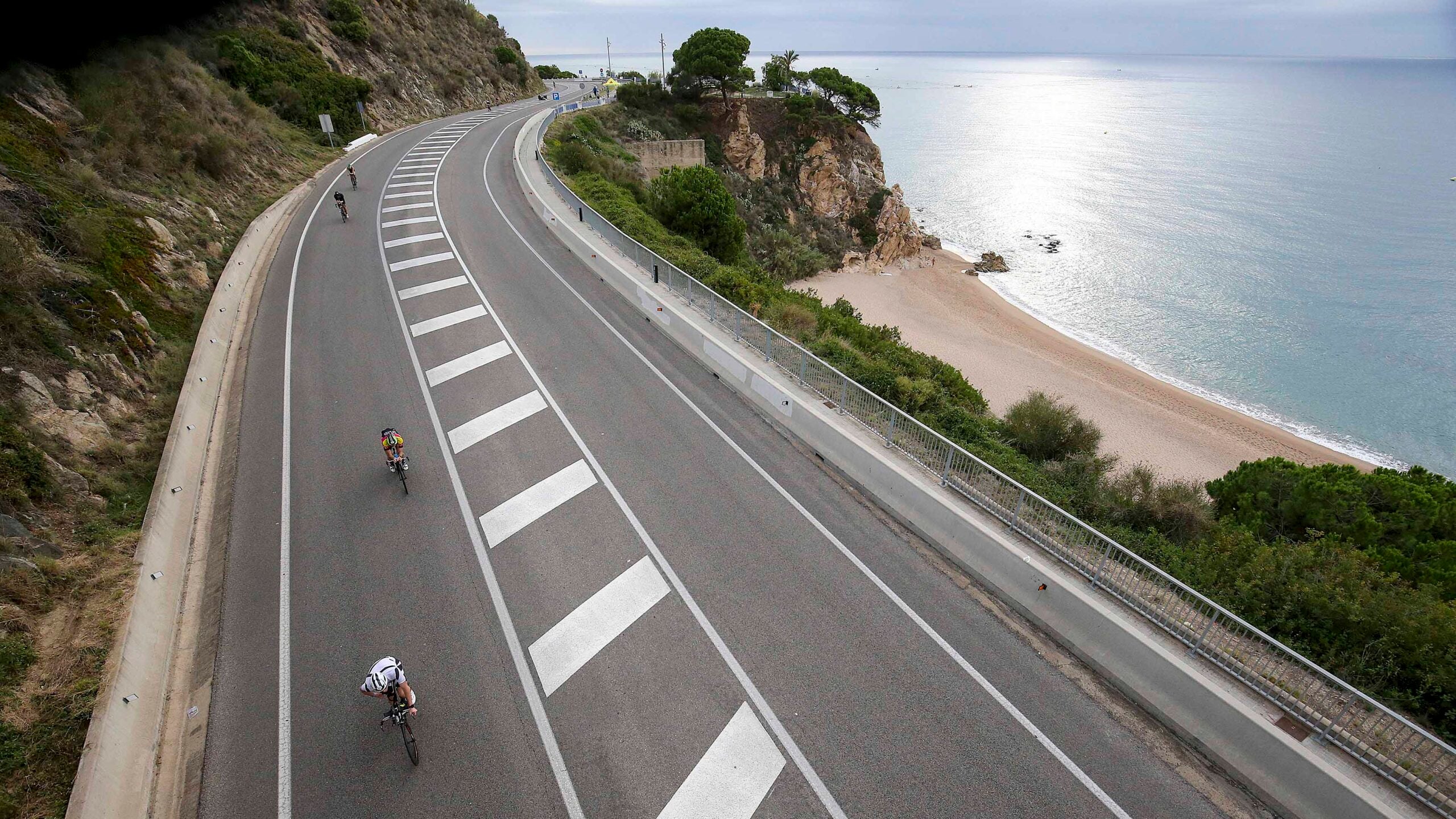
In Radde’s semi-complex-but-smart triathlon course ratings, Ironman Barcelona sits at the bottom, meaning it rates lowest on the difficulty scale compared to other iron distances. Aside from the fact that there is, on average, an 87 percent male field and finishing time around 11:40, the course itself is set up for a personal best—which is probably why more than 2,500 athletes line up for it every October. The race is set in the small coastal town of Calella, Spain, about 50 kilometers northeast of Barcelona. The one-loop swim takes place in the warm, clear waters of the Mediterranean Sea. The two-loop bike is a swift route along the scenic coastline with just a few gradual climbs in the middle of each loop. After a three-loop marathon along the waterfront, the race finishes on the beach with a lively after-party.
Ironman Copenhagen
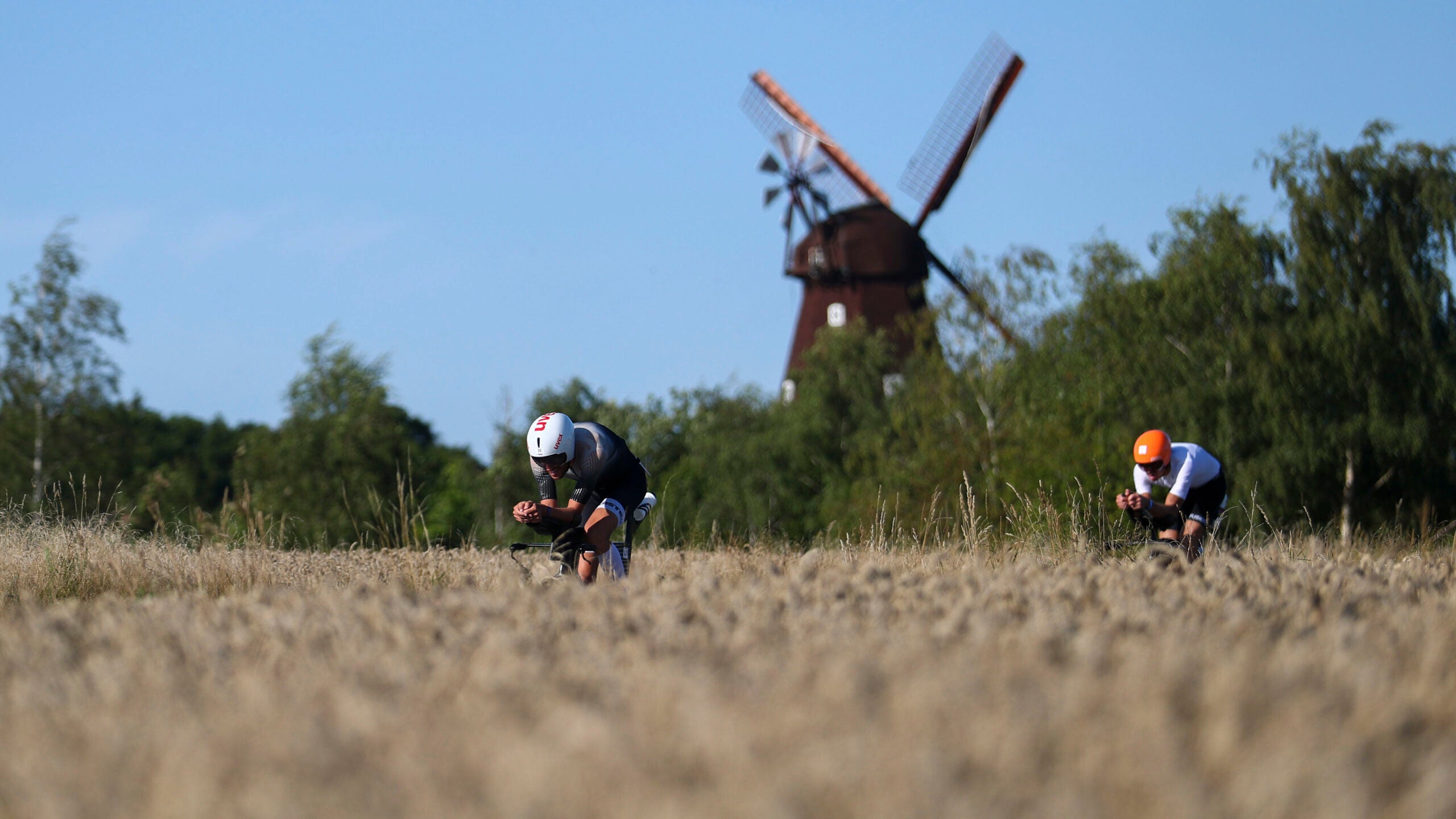
Times are consistently quick at this race in Denmark, which became an Ironman event in 2013 (it was formerly owned by the Challenge Family). Similar to Barcelona, finishing times average around 11:45 with an 85 percent male field, but it’s still an overall fast course for all. The one-loop swim takes place in a protected lagoon where waters are all but guaranteed to be calm. The two-loop bike course has 3,300 feet worth of elevation, but the flat countryside roads offer long stretches to hammer along in the aero position. (In 2021, Cameron Wurf rode a 4:02:19 for a new bike course record.) The four-loop run course is flat—300 feet of elevation total—and comes with the added bonus of sightseeing: Iconic landmarks including the Little Mermaid, Amalienborg Castle, and the Danish Parliament are all on course.
Ironman California
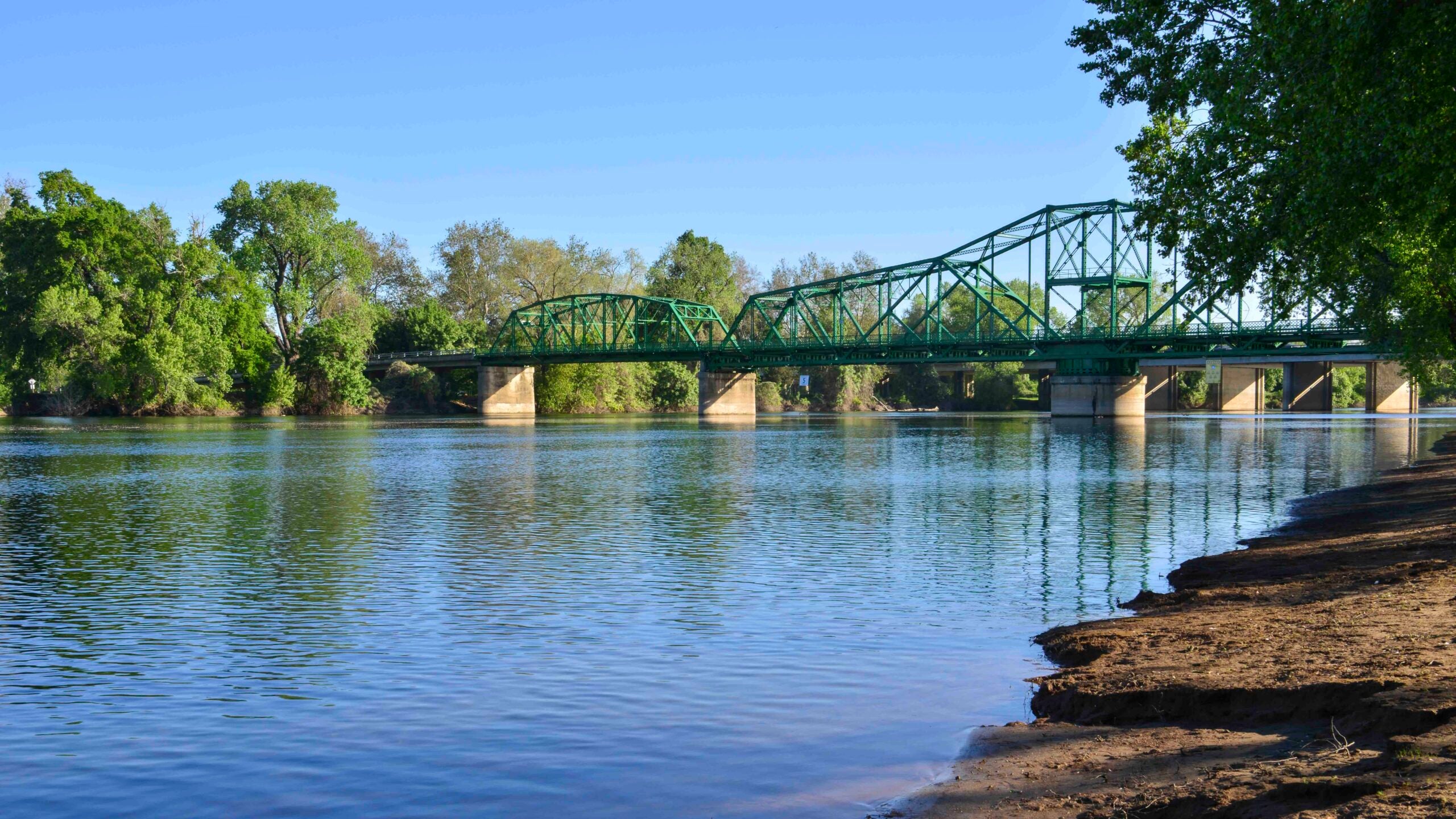
Yup, we’re calling it now. This inaugural event hasn’t taken place yet, but on October 24, 2021, athletes racing in Sacramento are likely to experience what could be “one of, if not the fastest Ironman course in the world if weather cooperates,” according to Christen. Outside of just low elevation bike and run courses, Ironman California has a few other speedy tricks up its sleeve: a current-assisted swim (depending on the tide of the Sacramento River), smooth asphalt on the bike course, a partially shaded run course in Discovery Park, and generally cooler temps thanks to the late October date. Put simply, “Ironman California is a PR-chasing course,” Christen said.
Ironman Hamburg
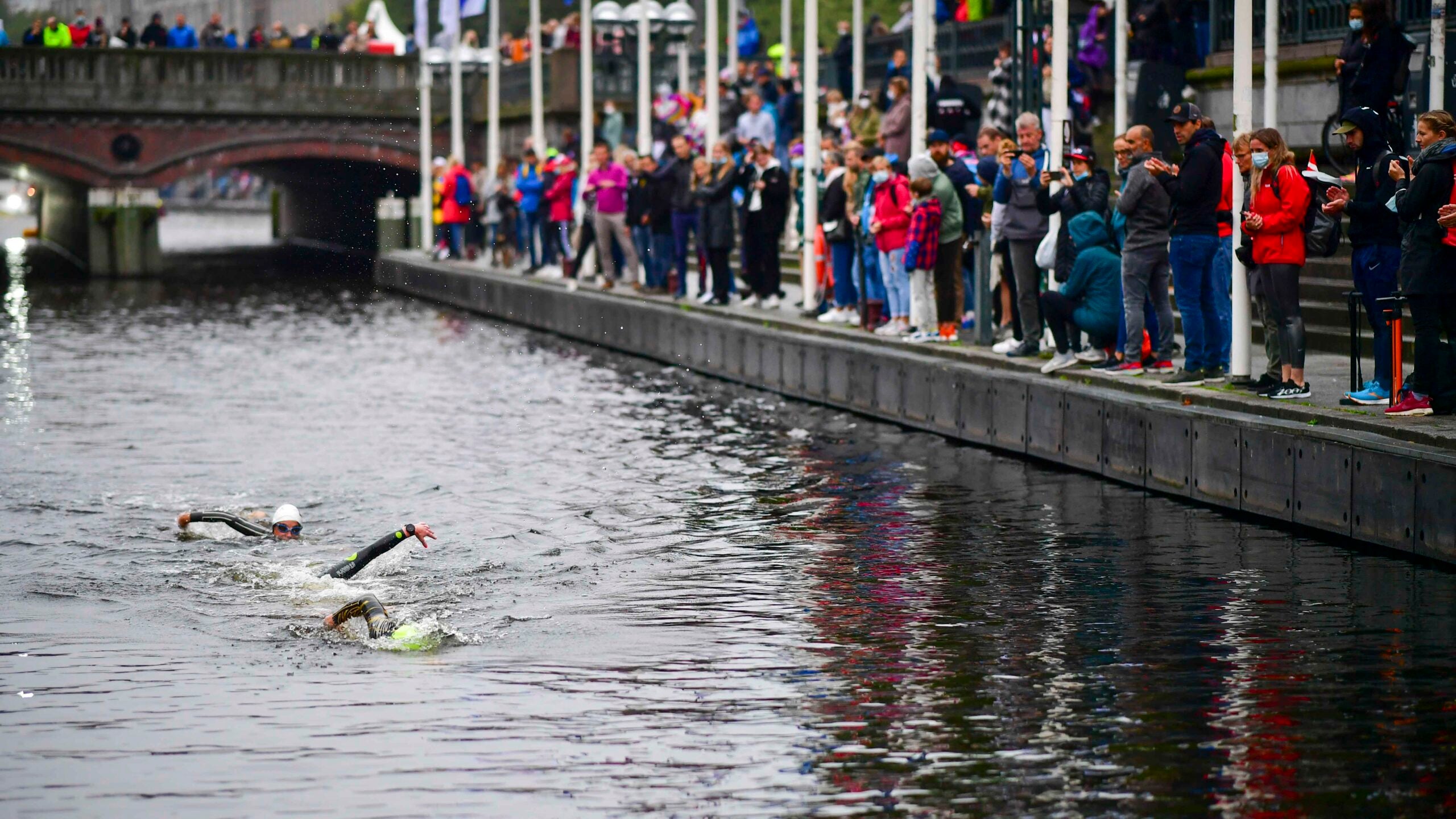
Recent third-place Hamburg finisher Lauren Brandon described this German course as “super flat and fast,” especially compared to her recent Ironman Lake Placid experience (home to one of Triathlete’s seven most brutal bike courses). It’s only been around since 2017, but finish times in Hamburg average under 12 hours. If a rectangular swim strikes you as monotonous, good news—this one-loop course has a bit of a jigsaw element as it passes from one small lake to another. The super buttery bike course, with a total elevation of less than 1000 feet, rolls outside the harbor city with a few short climbs to stretch the legs. The lakeside four-lap run course is also flat and passes the finish line at the famous Town Hall market square during each loop—which can be motivating or demoralizing, depending on your perspective.
Ironman Tallinn
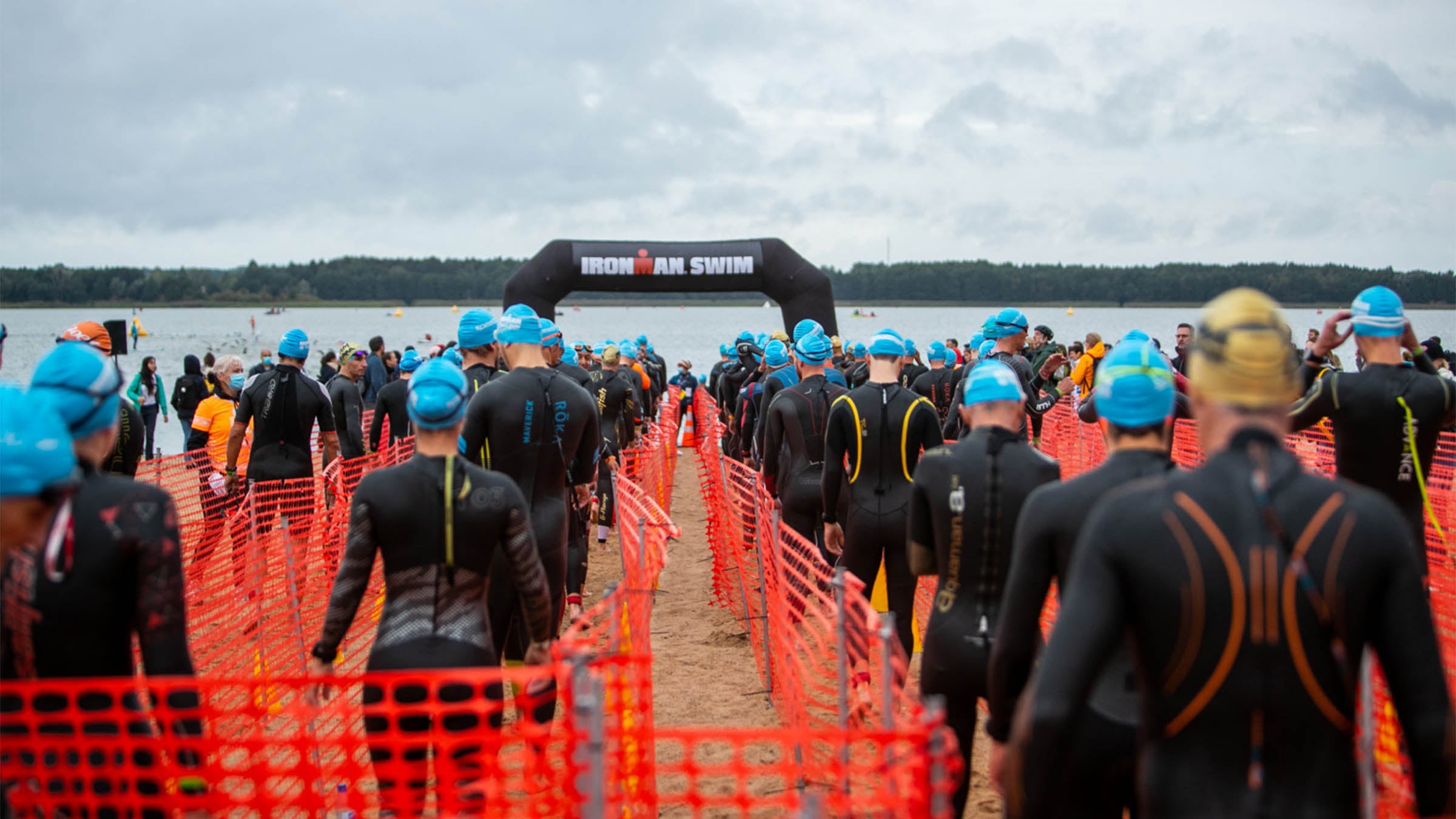
If chasing a PR in an interesting destination sounds appealing, this could be your race—it takes place in and around Old Town Tallinn, a preserved medieval city and UNESCO World Heritage Site in Estonia. This could change, of course, but one thing that makes this race less difficult is that you have fewer competitors and therefore less congestion. The fields have historically been less than 1,200 people, due in part to its newness (it debuted in 2018). In 2021, 1,099 age-group competitors—who were 87 percent male—averaged an 11:34 finish time. The one-loop swim takes place in a lake, but it can be chilly with an average water temp around 64 degrees F. The two-loop bike course climbs less than 2000 feet through the surrounding countryside and southern villages. And the four-loop run—which Ironman describes as challenging with picturesque views—once had cobblestones to contend with, though they’ve since been eliminated from the course.
Honorable mention: Challenge Roth
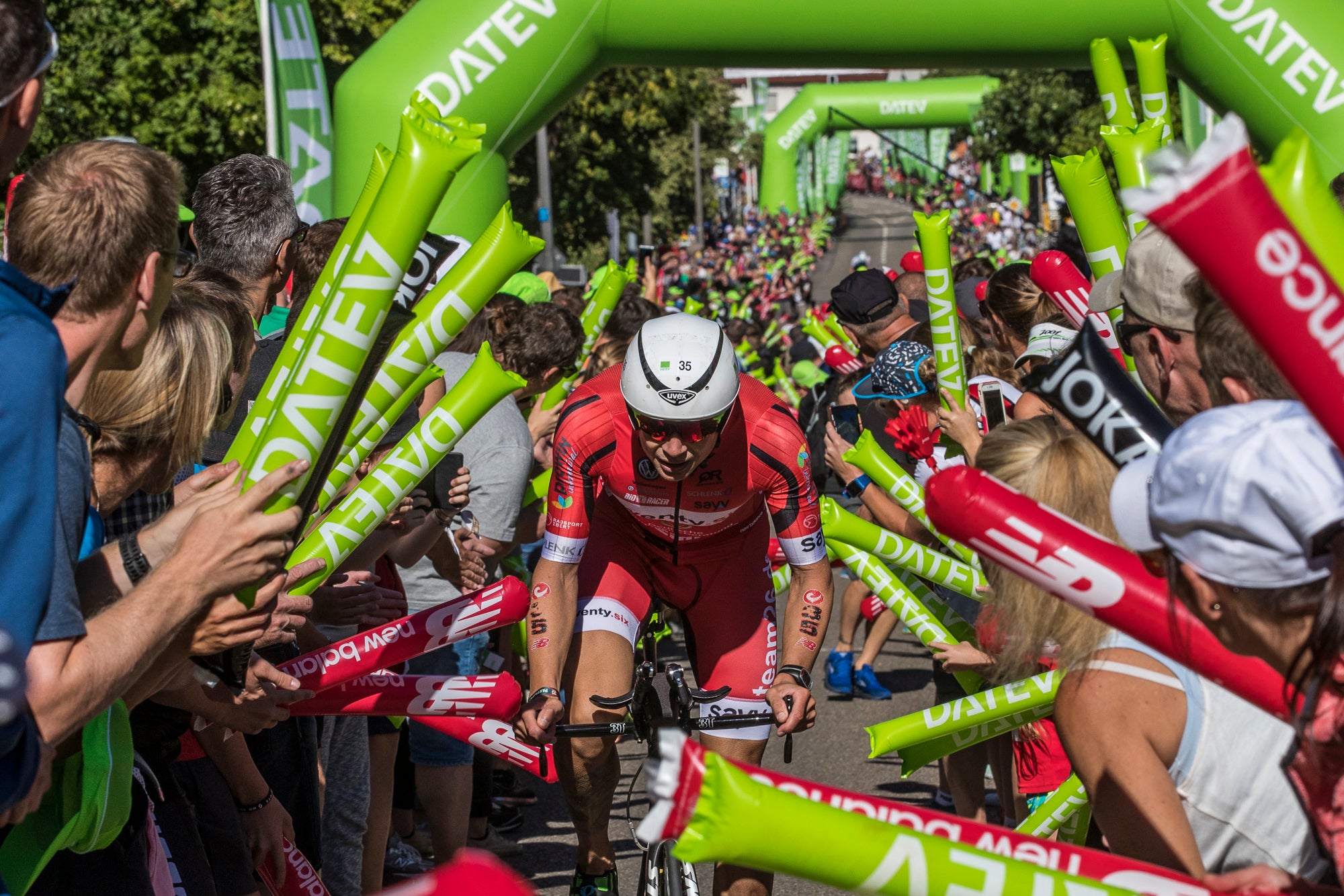
This iron-distance race isn’t a branded Ironman event, but considering it’s where multiple top-five iron-distance finishing times have been posted, it is well known as a place where people go to go fast. But what makes this Bavarian race so quick? A few guesses: The out-and-back canal swim is calm and race-day conditions tend to be mild. The bike course has some challenging climbs, but many of them—including the signature Solar Berg Hill—are packed with a motivating Tour de France–level of spectators. The marathon also takes place on 70% compact dirt, which may eliminate some of the negative effects of pavement pounding.
Caveat: If you only look at average finish times, you could add a few more races to this list—but they might not be easy in reality. On the surface, for instance, Ironman Brazil may look like an “easy” race. Dating back to 2012, the course has produced some headline-worthy finishes, including Tim Don’s world-record-setting 7:40:23 in 2017. But take a closer look and you’ll see a couple contributing factors: It’s a male-dominated race (over 85% in recent years), and “group dynamics” have historically been a factor in the age-group bike portion.
